This is the future of architecture – bold, beautiful and built to last. Explore the Rio-Antirio Bridge with me.
An architectural wonder emerges…
This true marvel of the engineering world caught my attention decades ago. We lived in Greece during the early 2000s and often travelled around both the Greek mainland and the Peloponnese. On our way to Patras, we saw a few prism-like monuments boldly emerging from the Corinth Canal… it looked almost alien from a distance. Then a year later, they grew into elegant triangular pieces of an enormous bridge; still not connected, but one could definitely see the progress. Just a week before the Olympic Games of 2004, we saw the inauguration of the Charilaos Trikoupis Bridge, named after the Greek prime minister who first suggested building a bridge over the Corinth Canal in the 19th century. The bearers of the Olympic torch were the first people ever to cross the bridge.
Crossing the Rio-Antirio Bridge
The shape, the size, and the location of this bridge all amazed me – even when it was only just being built. I haven’t stopped admiring it since. Last year, finally, my dream came true, and I crossed the bridge for the first time with my family while we were on our summer road trip. I just couldn’t stop taking photos… and of course, I started to research the story of this remarkable architectural achievement. I found my admiration to be very well deserved. Here are some interesting facts I can’t resist sharing.
A testament to human ingenuity
It might not be the longest bridge in the world, but it was definitely one of the most challenging to build. The Gulf of Corinth – despite its deep blue sea, charming towns and fishing villages – is a hostile environment for a bridge.
Let’s have a look at these environmental issues and problems the engineers had to overcome.
Firstly, the Rio-Antirio Bridge had to cover a massive distance: 3 km. On top of that, because of the tectonic movement, the Corinth Canal is constantly growing by around 10-30 mm a year. The gulf itself was created by the expansion of a tectonic rift of the Anatolian plate in the Pleistocene epoch (2.6 million to 11,700 years ago).
This origin causes the second problem: the area is prone to earthquakes up to a magnitude of 6.5 on the Richter scale, caused by the tectonic movements.
The third difficulty is that the seabed is not solid, being almost entirely made up of sand, which makes it very difficult to build the stable foundation necessary for a bridge.
As the canal is surrounded by mountains on both sides, it becomes a natural channel for wind to flow through. This raised another issue, as strong winds are a real threat to bridges.
All these problems can be overcome individually, but, in this case, they are all present at the same time. Coming up with a viable plan required a lot of effort and creativity from the architects and engineers.
Taking their cues from nature, reflecting upon how the roots of a plant stabilise the soil around it – they put massive metal rods into the sandy seabed and built the bridge’s foundations on these rods.
To be able to survive the earthquakes, the Rio-Antirio Bridge had to be “flexible”, changing its shape whilst the ground is moving around it. Instead of changing the structure of the bridge, they put a 3M thick layer of gravel on the soft sand of the seabed. This way the bridge towers can slide across more easily when a tremor occurs.
They made a hammock-like structure for the upper section. A series of cables run from the tops of the bridge towers, which fully suspend the bridge deck from the towers. Therefore, the bridge deck can move almost entirely independently. They also used liquid dampers to prevent the bridge deck from crashing into the bridge towers.
As we can see, this bridge is brilliantly earthquake resistant. However, the more earthquake-resistant a bridge, the more vulnerable it is to wind, and this is the core design problem, as in the Corinth Canal the wind can reach up to 110 km per hour for the above-mentioned reason.
How did they solve this problem? On those liquid dampers, which keep the deck from crashing into the towers, they placed heavy metal fuses to lock them in place against the strong wind.
Confession time:
I had to re-read this bit several times in several different articles to understand how it works, and I still don’t feel confident in giving a proper technical explanation. Let’s just say it is a genius idea, and it works.
Lastly, considering that the gulf is growing thanks to the tectonic activity, they used expansion joints in the structure of the bridge. Hence, as the coasts grow apart, the bridge will lengthen up to 5 metres.
Not just an architectural wonder but environmentally friendly too!
To this day, this 3 km long cable-stayed bridge still amazes me. Although it is quite pricey (14.90 euros a journey), I did not regret a single cent that we spent on it. It is more than just a bridge; it is one of the modern monuments of Greece, proof of the perseverance and excellent creativity of its engineers, providing a futuristic view of its architecture, not to mention the beautiful landscape all around.
The company operating the Rio-Antirio Bridge takes part in the “GREEN BRIDGE” action plan. They have already reduced the carbon footprint of the bridge by 85% between 2015 and 2024. This is another initiative – close to my heart – to be celebrated alongside the great design of this brave feat of engineering. Personally, I highly recommend a visit.
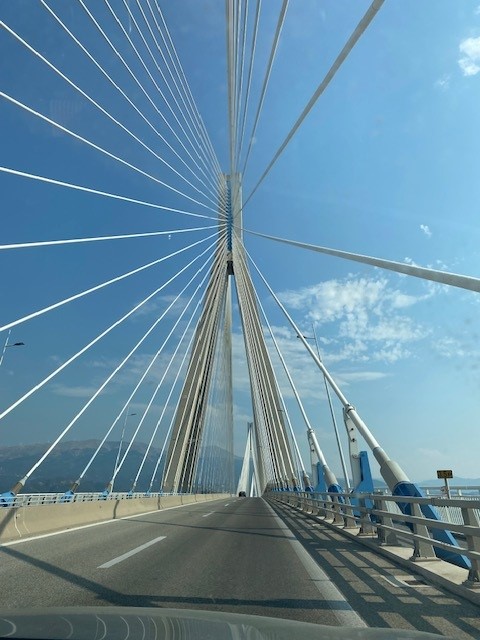
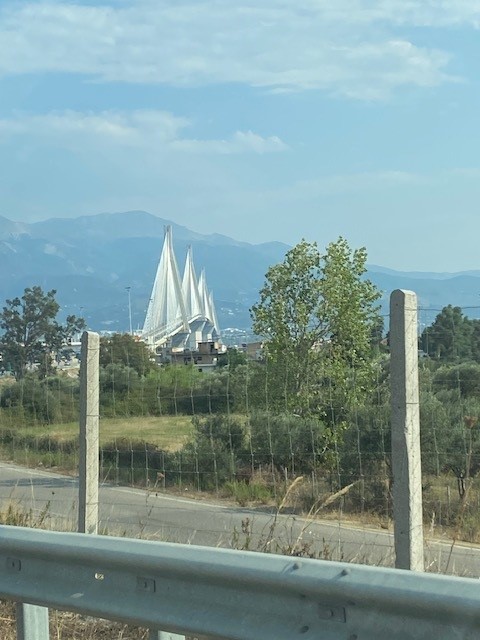
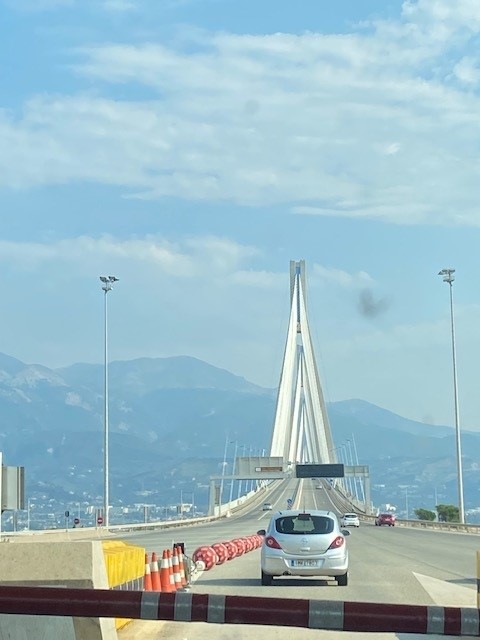
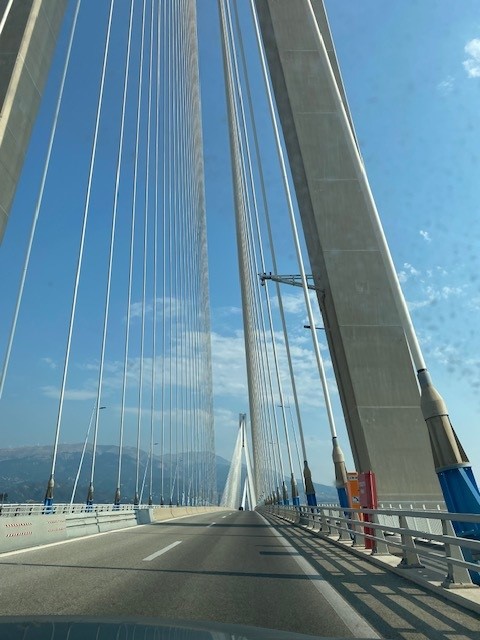
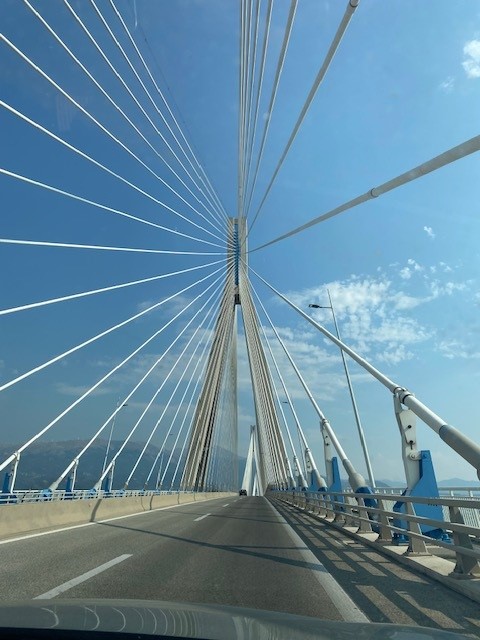
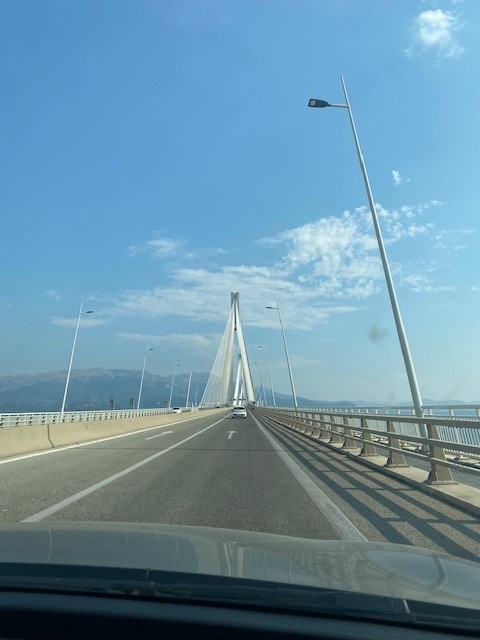
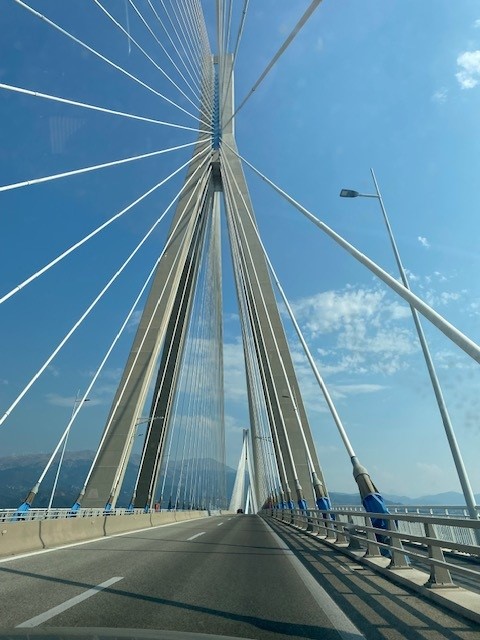
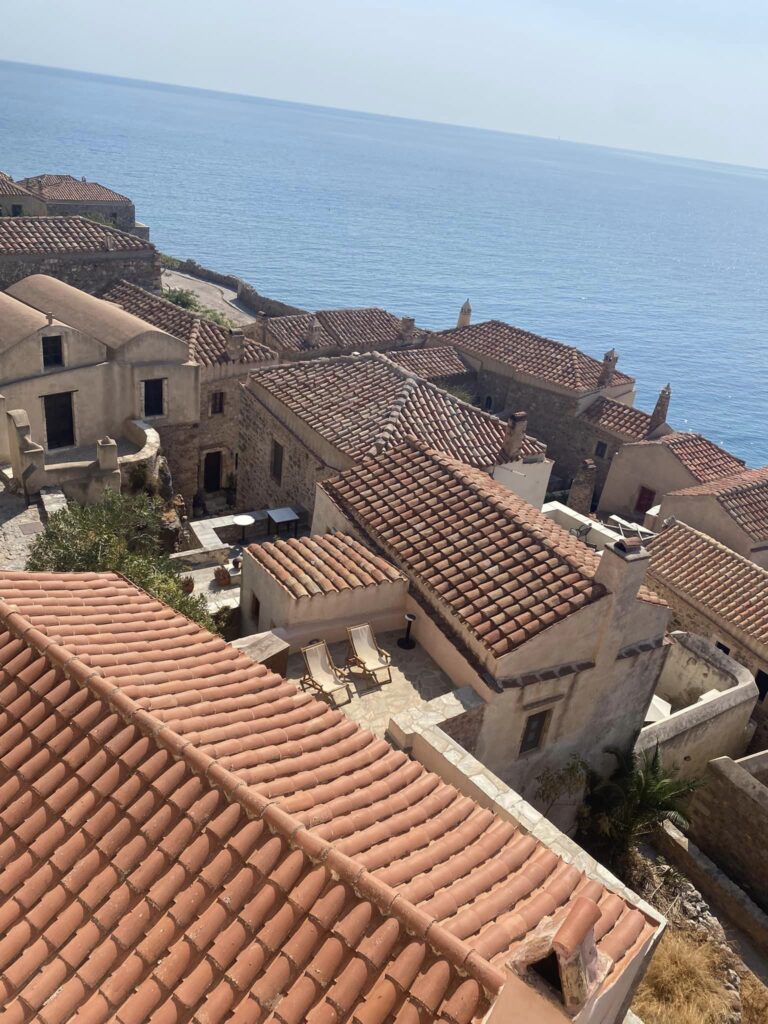
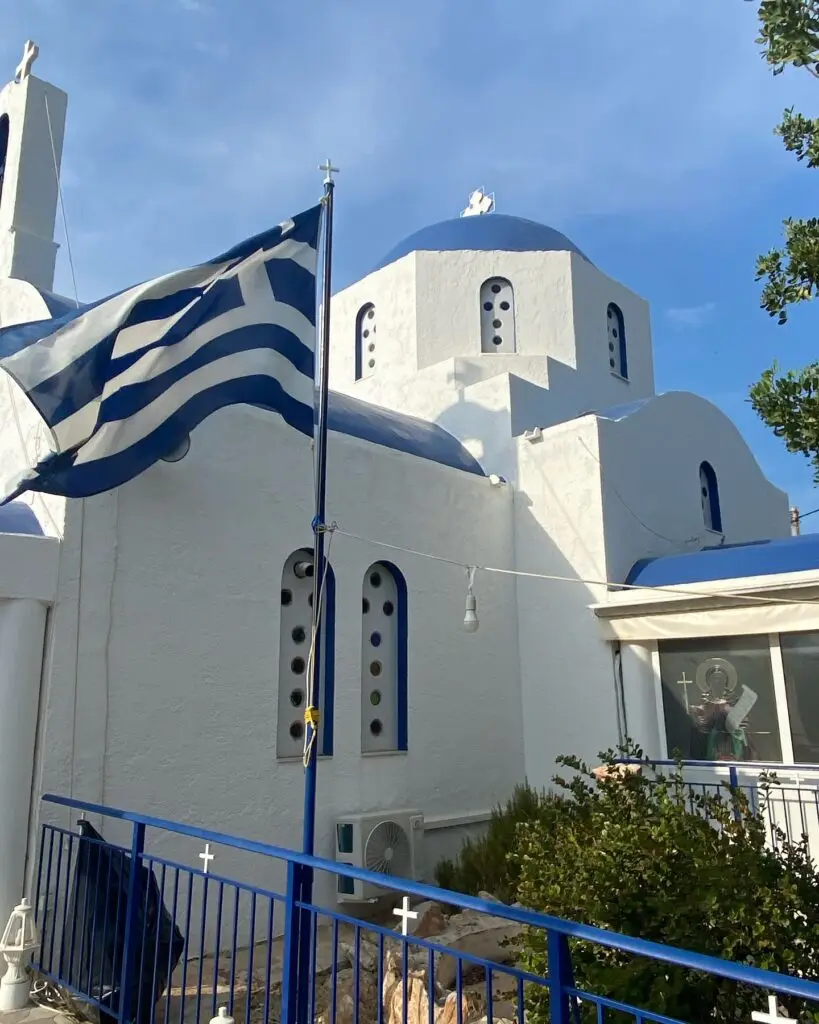
Wow, very interesting article about the challenges in building this bridge!
Thanks for the info!